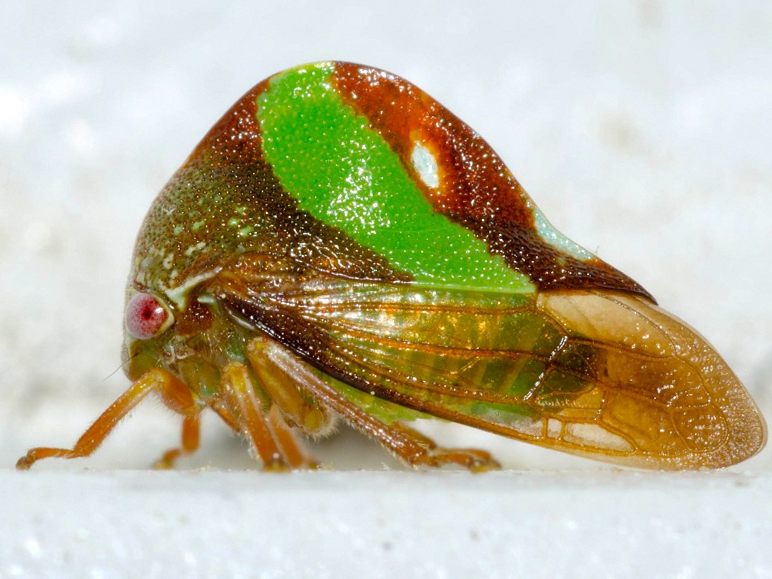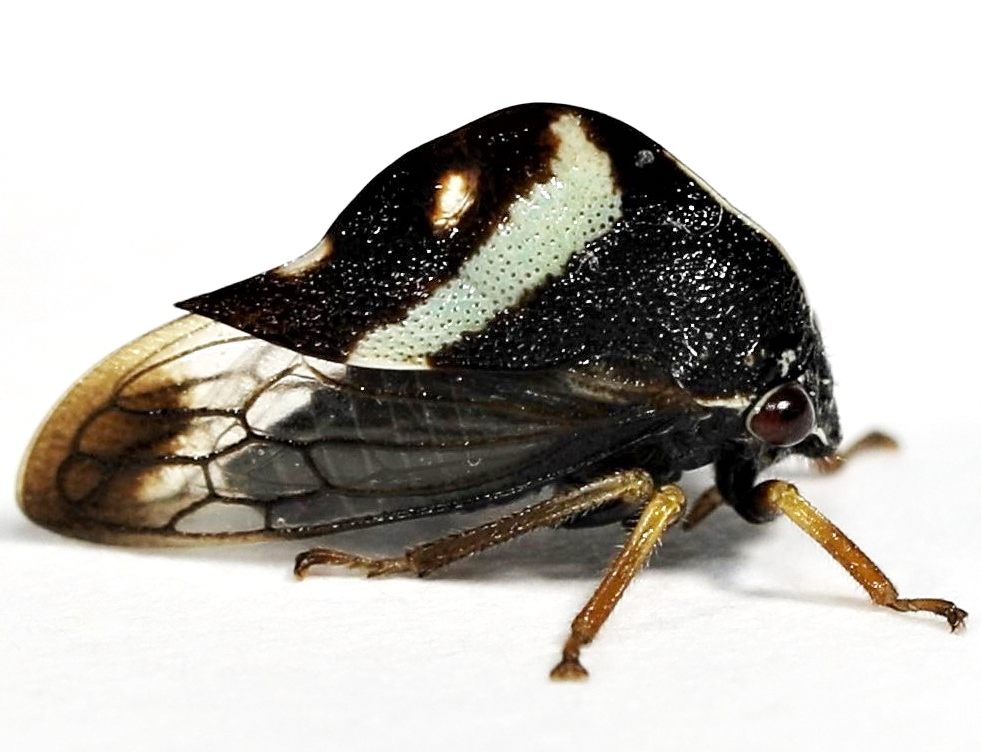| description |
A dark brown to blackish species. In this species, the pronotal crest is fairly rounded and peaks centrally above the body rather than more directly above the head/eyes. The pronotum is higher in females rather than in males. Females have a brownish pronotum with a broad diagonal stripe that is either green or yellowish, followed by a white spot; however, females can vary considerably in color, with some having rather broad stripes and others lacking the colored stripe all together. Males, smaller than females, have a dark brown to blackish (usually blackish) pronotum with the same colored stripe (ranging from white to yellowish-green) as in the female, which can also vary in width or be absent. The forewings are hyaline with brown bases and apices. The undersurface of the body is dark and the legs are yellowish. Males are 7 to 8 mm long, while females are 9 mm. (FSCA)
Nymphs are mostly green with a distinct hump-shaped appearance to the pronotum, which has a darkened edge to it. The lateral margins of the wing buds are also darkened. The eyes are typically reddish.
This species can be differentiated from S. camelus by the differences in shape and size of the pronotum. In S. camelus, the crest peaks above the eyes and [typically] is both much larger and taller. In fasciata, the crest is more rounded and peaks more centrally above the body. The pronotal stripe is also usually broader in S. camelus, but this is not always true. |
Species Photo Gallery for Smilia fasciata No Common Name |
 | Photo by: Kyle Kittelberger
Wake Co.
Comment: mixed hardwood forest habitat | 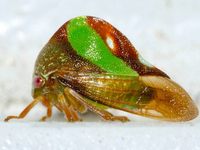 | Photo by: David Guzman
Wake Co.
Comment: |
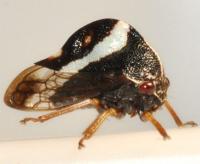 | Photo by: Stan Giliam
Guilford Co.
Comment: | 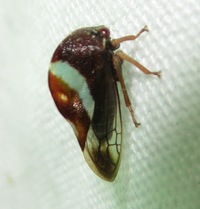 | Photo by: B. Bockhahn
Rockingham Co.
Comment: MARI |
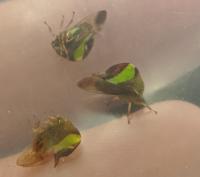 | Photo by: Andrew Pfeifer
Wake Co.
Comment: day | 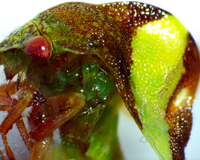 | Photo by: Ken Kneidel
Mecklenburg Co.
Comment: female on a tree band on oak |
 | Photo by: Ken Kneidel
Mecklenburg Co.
Comment: 6.5 mm stuck in Tanglefoot on oak tree band | 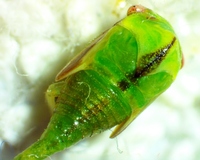 | Photo by: Ken Kneidel
Mecklenburg Co.
Comment: 6.5 mm stuck in Tanglefoot on oak tree band |
 | Photo by: Ken Kneidel
Mecklenburg Co.
Comment: 6.5 mm stuck in Tanglefoot on oak tree band | 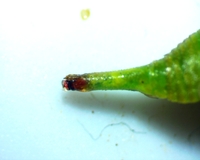 | Photo by: Ken Kneidel
Mecklenburg Co.
Comment: 6.5 mm stuck in Tanglefoot on oak tree band |
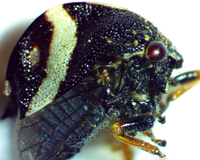 | Photo by: Ken Kneidel
Mecklenburg Co.
Comment: male, on Willow Oak, Quercus phellos, stuck in Tanglefoot on a tree band, others of both sexes nearby to be submitted separately | 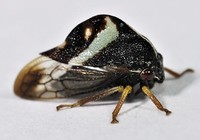 | Photo by: Rob Van Epps
Mecklenburg Co.
Comment: Came to UV light. Suburban yard near woods. |
 | Photo by: Rob Van Epps
Mecklenburg Co.
Comment: Came to UV light. Suburban yard near woods. |  | Photo by: Rob Van Epps
Mecklenburg Co.
Comment: Came to UV light. Suburban yard near woods. |
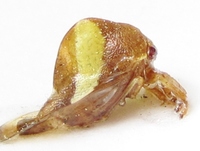 | Photo by: Ken Kneidel
Mecklenburg Co.
Comment: stuck on a tree band on Quercus phellos; the 5 individuals were seen among roughly 50 trees checked | 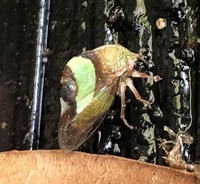 | Photo by: Ken Kneidel
Mecklenburg Co.
Comment: alive female stuck on a tree band |
 | Photo by: Ken Kneidel
Mecklenburg Co.
Comment: stuck in Tanglefoot on a tree band on oak, alive |  | Photo by: Erich Hofmann, David George, Rich Teper, Jeff Niznik
New Hanover Co.
Comment: |
 | Photo by: Erich Hofmann, David George, Rich Teper, Jeff Niznik
New Hanover Co.
Comment: |  | Photo by: Ken Kneidel
Mecklenburg Co.
Comment: came to UV light at night set up on the edge of an athletic field, suburban forest nearby |
 | Photo by: Ken Kneidel
Mecklenburg Co.
Comment: came to UV light at night set up on the edge of an athletic field, suburban forest nearby | 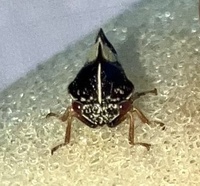 | Photo by: Ken Kneidel
Mecklenburg Co.
Comment: came to UV light at night set up on the edge of an athletic field, suburban forest nearby |
 | Photo by: Scott R Bolick
Forsyth Co.
Comment: |  | Photo by: Scott R Bolick
Forsyth Co.
Comment: |
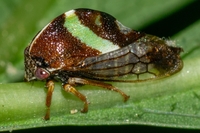 | Photo by: Scott R Bolick
Forsyth Co.
Comment: | 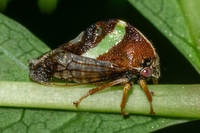 | Photo by: Scott R Bolick
Forsyth Co.
Comment: |
|

 »
»
